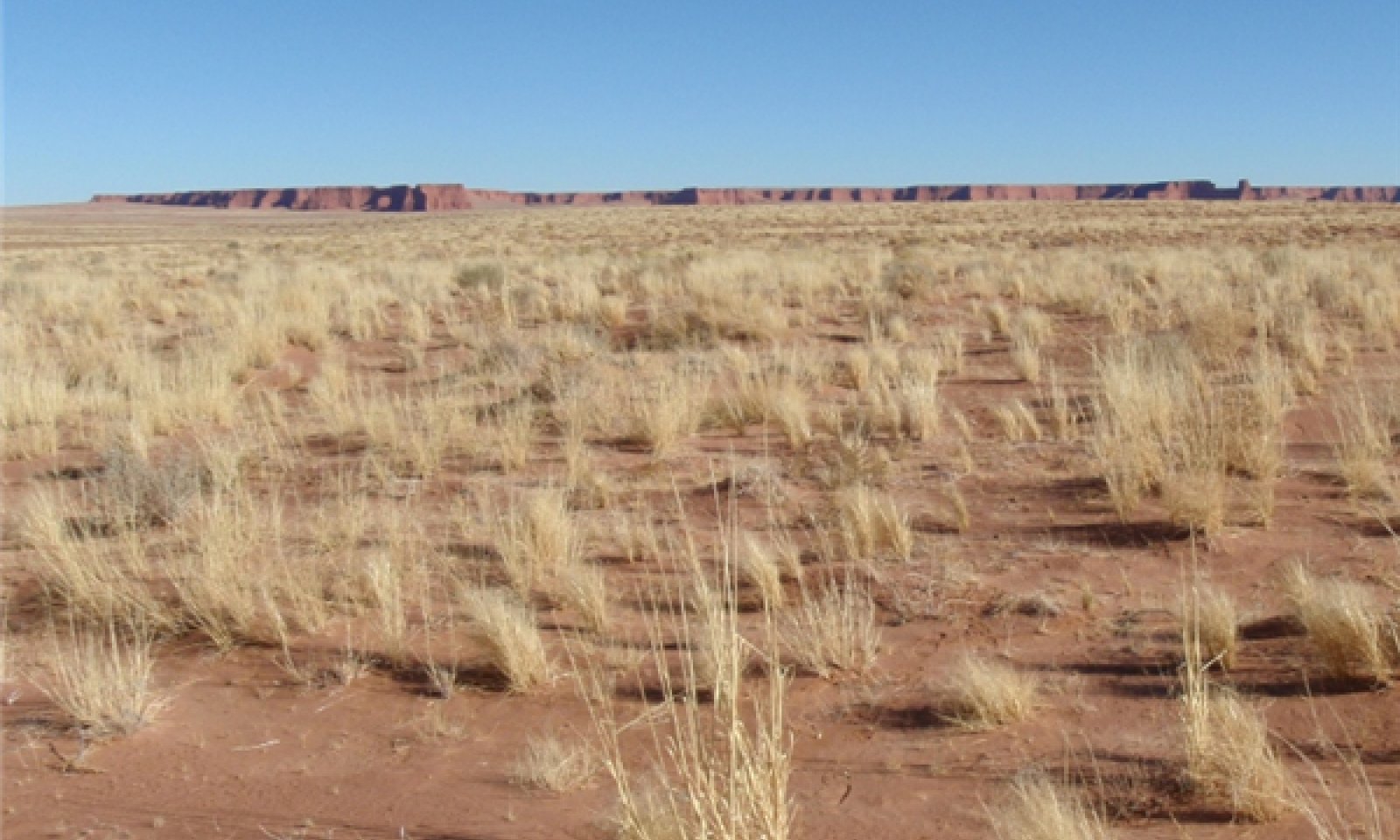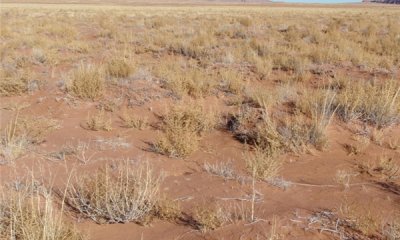
Sandy Upland 6-10" p.z. Sodic
Scenario model
Current ecosystem state
Select a state
Management practices/drivers
Select a transition or restoration pathway
- Transition T1A More details
- Transition T2A More details
- Restoration pathway R3A More details
-
No transition or restoration pathway between the selected states has been described
Target ecosystem state
Select a state
Description
This state includes the Historic Climax Plant Community (HCPC). This site is characterized as a perennial grassland with a few scattered shrubs and forbs.
Submodel
Description
This plant community is characterized as a perennial grassland with introduced non-native annuals.
Submodel
Description
The factors that may contribute to a disturbed state include prolonged drought, unmanaged grazing, off road vehicle use, and other possible disturbances. There is a loss of soil surface stabilty and hydrologic function as perennial herbaceous cover is removed. The soil surface has been severly degraded or lost, exposing the more sodic soil layer. This plant community has lower capability to capture and store moisture and now erodes readily.
Submodel
Mechanism
Introduction and establishment of of exotic annual grasses and forbs.
Mechanism
Disturbance to soil surface; drought; repeated fire; continuous improper grazing. Loss of soil stability and hydrologic function.
Mechanism
Normal precipitation patterns for several years good management of grazing, vehicles, and other disturbances that reduce herbaceous cover or disturb the soil on the site will allow the dunes to stabilize and revegetate. Planting may help stabilize critical areas.
Relevant conservation practices
| Practice | External resources |
|---|---|
|
Critical Area Planting |
|
|
Access Control |
|
|
Prescribed Grazing |
Model keys
Briefcase
Add ecological sites and Major Land Resource Areas to your briefcase by clicking on the briefcase (![]() ) icon wherever it occurs. Drag and drop items to reorder. Cookies are used to store briefcase items between browsing sessions. Because of this, the number of items that can be added to your briefcase is limited, and briefcase items added on one device and browser cannot be accessed from another device or browser. Users who do not wish to place cookies on their devices should not use the briefcase tool. Briefcase cookies serve no other purpose than described here and are deleted whenever browsing history is cleared.
) icon wherever it occurs. Drag and drop items to reorder. Cookies are used to store briefcase items between browsing sessions. Because of this, the number of items that can be added to your briefcase is limited, and briefcase items added on one device and browser cannot be accessed from another device or browser. Users who do not wish to place cookies on their devices should not use the briefcase tool. Briefcase cookies serve no other purpose than described here and are deleted whenever browsing history is cleared.
Ecological sites
Major Land Resource Areas
The Ecosystem Dynamics Interpretive Tool is an information system framework developed by the USDA-ARS Jornada Experimental Range, USDA Natural Resources Conservation Service, and New Mexico State University.






